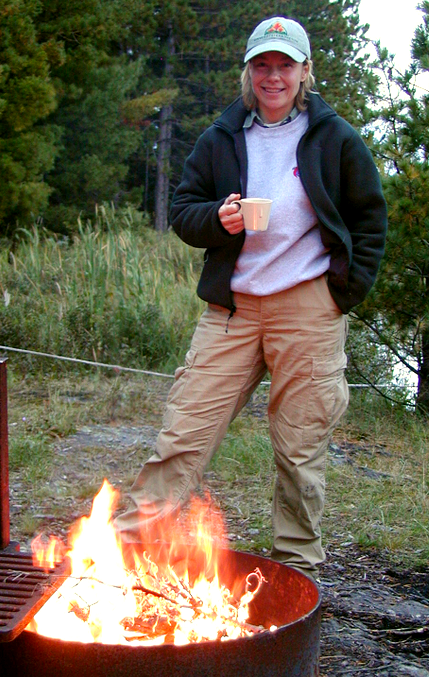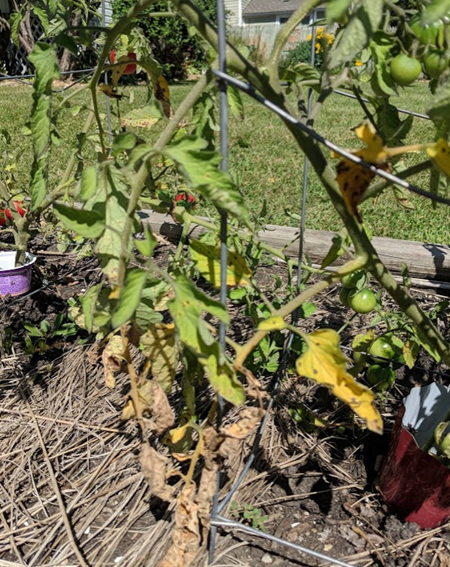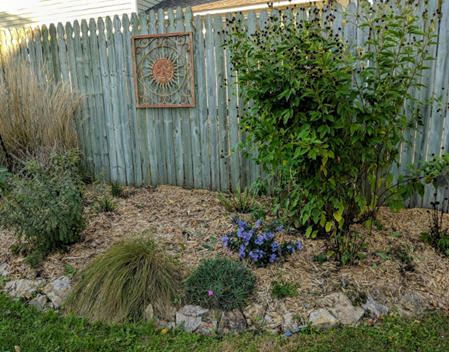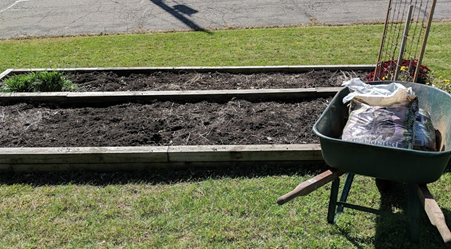Click below to listen to my 2 min. Garden Bite radio show: Fall journaling
Audio PlayerI love the smell of a fire in the crisp autumn air. After getting your chores done for the day, take a little time for yourself. Build a fire in a pit, grab a hot mug of coffee or cocoa with or without a little adult beverage added, and relax to recount your garden joys and woes of the season.

Between the nearly non existent Spring with more winter-like temperatures and snow and the wet summer many of us in the Upper midwest had, there’s plenty to write about including more fungal disease, wet lawns and soaked trees. I talked about some of that last week.

I cleaned out my vegetable garden and tried to make sure I got all the tomato leaves that had septoria leaf spot. I also added some composted manure I’ll let sit on top for the winter.


Now to the JOURNALING part… I know it can feel like a chore but it’s a good chore!
- For those times you can’t remember WHAT variety of tomato worked really well
- For those plants that are beautiful but seemed to be plagued with disease every year, can you say “monarda” (at least some cultivars are NOT resistant to mildew
- For those wonderful annual combinations you loved in your containers and swore you would remember what they were….
- For those times you wished you remembered that that gorgeous plant was short lived or attracted pests
- For those times you went to full on combat with Japanese beetles (or any insect for that matter) and can’t remember exactly what you did or didn’t do that worked or didn’t work!

I’ve gone back many times to my notes, especially with names of specific varieties, so that I might match it for someone else. When did the colors start to change in your backyard? When did the leaves fall? What was the weather like? This can be a very important notation to make in diagnosing future problems. We tend to see decline and think it just happened when in reality, it’s an issue that may have started years ago. In particular, tree decline.
